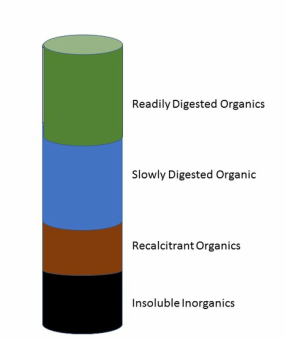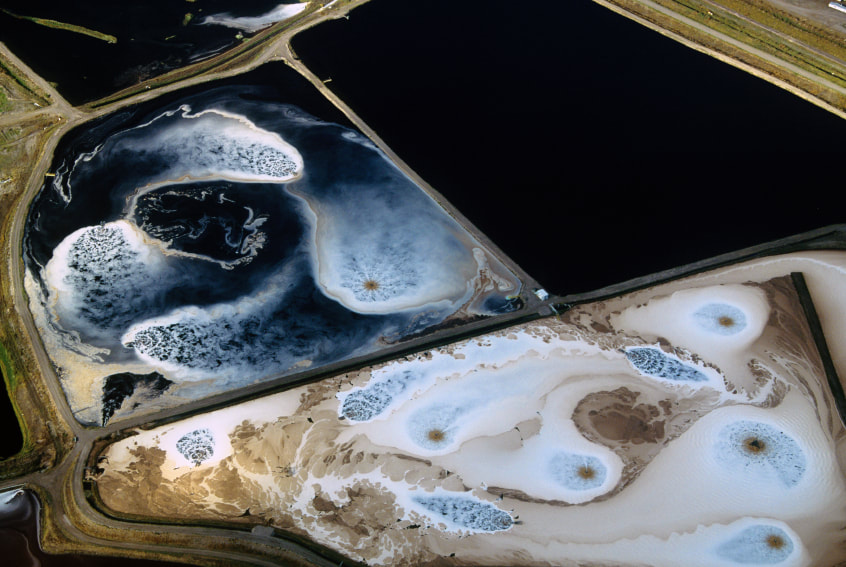- Nutritional requirments of the microbes (Heterotrophs, Chemotrophs, Autotrophs)
- Environmental factors that impact growth (temp, pH, alkalinity, D.O.)
- Metabolism and byproducts/intermediates of metabolism
- Relationship between growth (new cells) and substrate utilization
While my above list is short, it makes for a very complex puzzle when you consider how each organisms responds to the above inputs.



 RSS Feed
RSS Feed